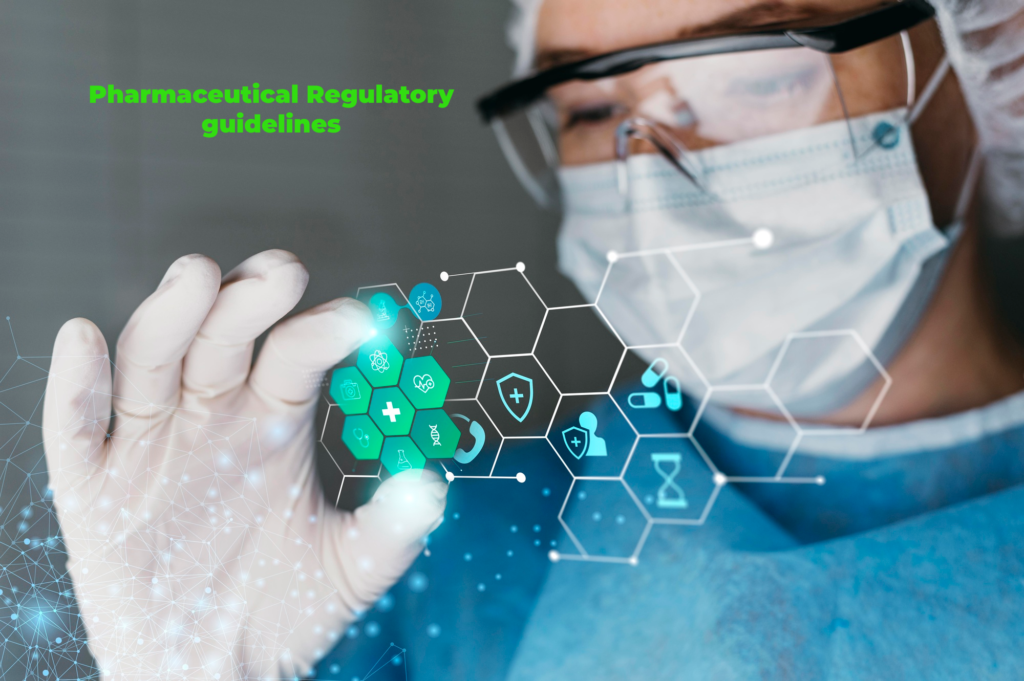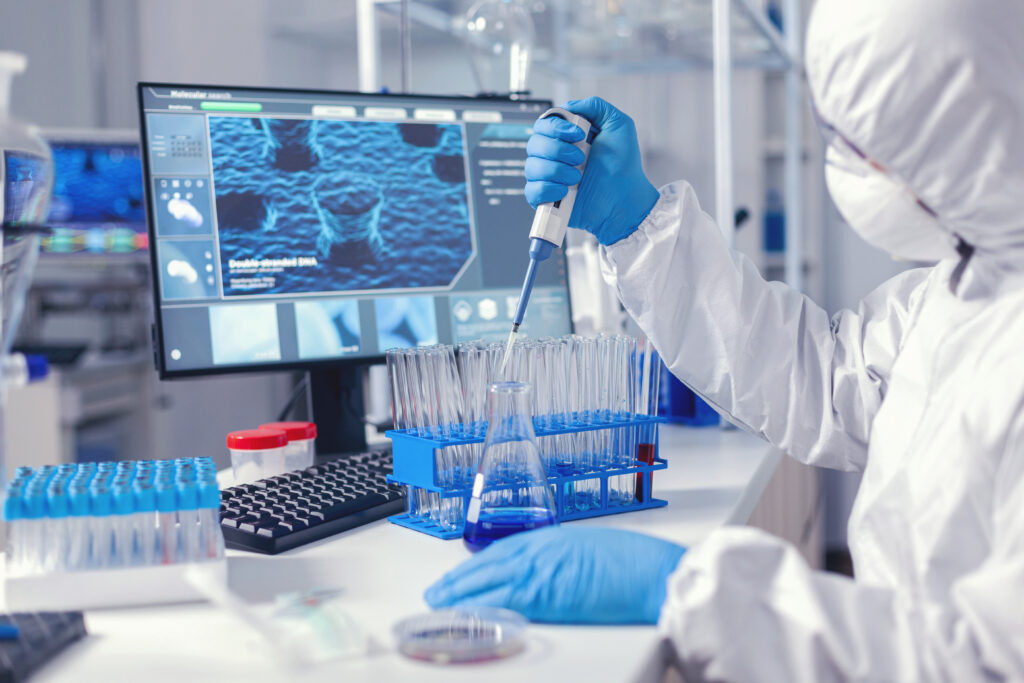Emerging Trends in UK Pharmaceutical Regulations
- Explore the latest changes in pharmaceutical regulations in the UK, discussing their impact on the industry, companies, and consumers.
Created with AIPRM Prompt “Human Written |100% Unique |SEO Optimized Article”
Emerging Trends in UK Pharmaceutical Regulations
Try this GPT for Better Results: https://bit.ly/Jumma_GPTs
Introduction
The pharmaceutical landscape in the United Kingdom is continually evolving, and so too are the regulations that govern it. Staying abreast of emerging trends in pharmaceutical regulations is crucial for industry players to navigate compliance requirements and ensure the delivery of safe and effective medicines to the public. This article explores the current and emerging trends in UK pharmaceutical regulations, shedding light on the factors shaping the regulatory landscape.
I. Adaptation to Post-Brexit Regulatory Frameworks
1.1 Transition from EU Regulations
Post-Brexit, the UK has undergone a significant shift in its regulatory framework. The Medicines and Healthcare products Regulatory Agency (MHRA) has assumed a central role, overseeing approvals and regulations independent of the European Medicines Agency (EMA). This transition necessitates adaptation to new guidelines and standards.
1.2 Streamlined Approval Processes
The UK regulatory authorities are actively working to streamline approval processes for pharmaceutical products. Efforts are being made to enhance efficiency without compromising safety, encouraging innovation, and ensuring timely access to new medicines for patients.
II. Focus on Patient-Centric Approaches
2.1 Patient Involvement in Regulatory Decision-Making
There is a growing emphasis on involving patients in the regulatory decision-making process. Patient input is considered valuable in assessing the benefits and risks of medicines, ensuring that regulatory decisions align with the real-world needs and experiences of those who will use the medications.
2.2 Real-World Evidence (RWE) Integration
Regulators are increasingly recognizing the importance of real-world evidence in evaluating the safety and efficacy of pharmaceuticals. Integrating RWE into regulatory decision-making provides a more comprehensive understanding of a drug’s performance beyond the controlled settings of clinical trials.
III. Digital Transformation and Technological Integration
3.1 Digital Health Technologies and Regulatory Compliance
The integration of digital health technologies is impacting regulatory compliance. From electronic submissions to leveraging data analytics for regulatory decision support, the adoption of digital solutions enhances efficiency, transparency, and data security in regulatory processes.
3.2 Blockchain for Supply Chain Integrity
Blockchain technology is gaining traction in ensuring the integrity of the pharmaceutical supply chain. By providing an immutable and transparent record of transactions, blockchain enhances traceability, reduces the risk of counterfeit drugs, and promotes regulatory adherence.
IV. Heightened Focus on Pharmacovigilance
4.1 Advanced Pharmacovigilance Systems
Advancements in pharmacovigilance systems are a notable trend. Regulators are placing a heightened focus on monitoring and assessing the safety of pharmaceuticals throughout their lifecycle, leveraging advanced technologies to detect and address potential adverse events promptly.
4.2 Signal Detection and Risk Management
Regulatory frameworks are evolving to incorporate sophisticated signal detection and risk management strategies. The goal is to proactively identify and address safety signals, allowing for timely interventions and the mitigation of potential risks to public health.
V. Increased International Collaboration
5.1 Harmonization of Regulations
International collaboration in pharmaceutical regulations is gaining momentum. Harmonization efforts aim to align regulatory standards globally, facilitating the efficient development and approval of medicines and ensuring consistent safety and efficacy assessments.
5.2 Collaboration with Global Regulatory Agencies
Regulatory agencies in the UK are strengthening collaborations with their global counterparts. This exchange of information, best practices, and joint initiatives enhances regulatory consistency and fosters a more unified approach to ensuring the safety and efficacy of pharmaceutical products.
VI. Environmental Sustainability Considerations
6.1 Green Initiatives in Pharmaceutical Manufacturing
Environmental sustainability is emerging as a consideration in pharmaceutical regulations. Regulators are encouraging green initiatives in manufacturing processes, waste reduction, and eco-friendly packaging to minimize the environmental impact of pharmaceutical production.
6.2 Regulatory Expectations for Sustainable Practices
Pharmaceutical companies are increasingly expected to incorporate sustainable practices into their operations. Regulatory frameworks may evolve to include criteria for assessing and rewarding environmentally conscious approaches in drug development and production.
VII. Conclusion
The evolving landscape of pharmaceutical regulations in the United Kingdom reflects a commitment to adaptability, patient-centricity, technological integration, and international collaboration. As the industry navigates these emerging trends, it is poised to contribute to the development and delivery of innovative and environmentally sustainable pharmaceutical solutions.


